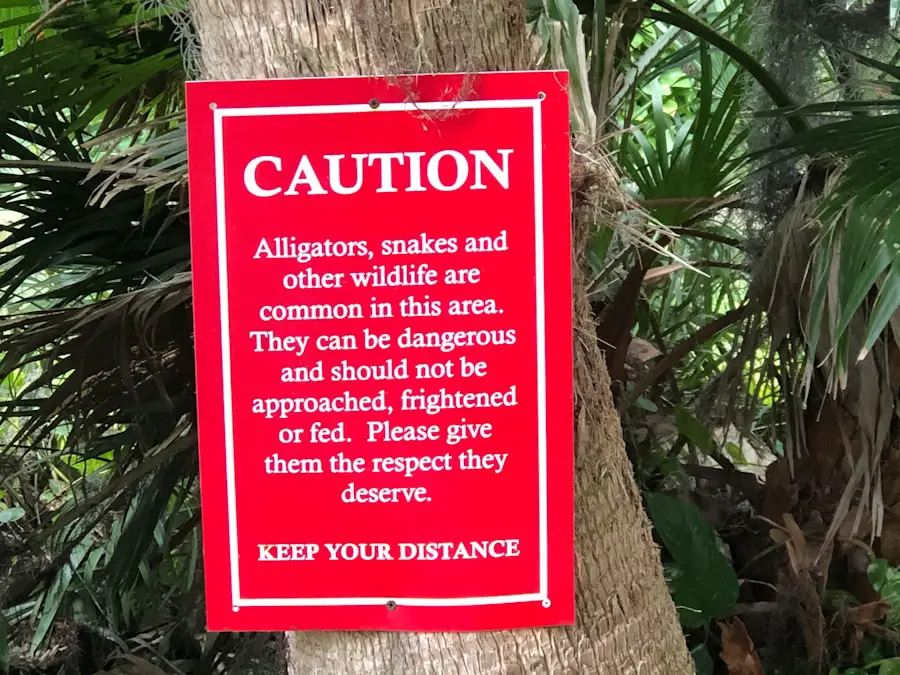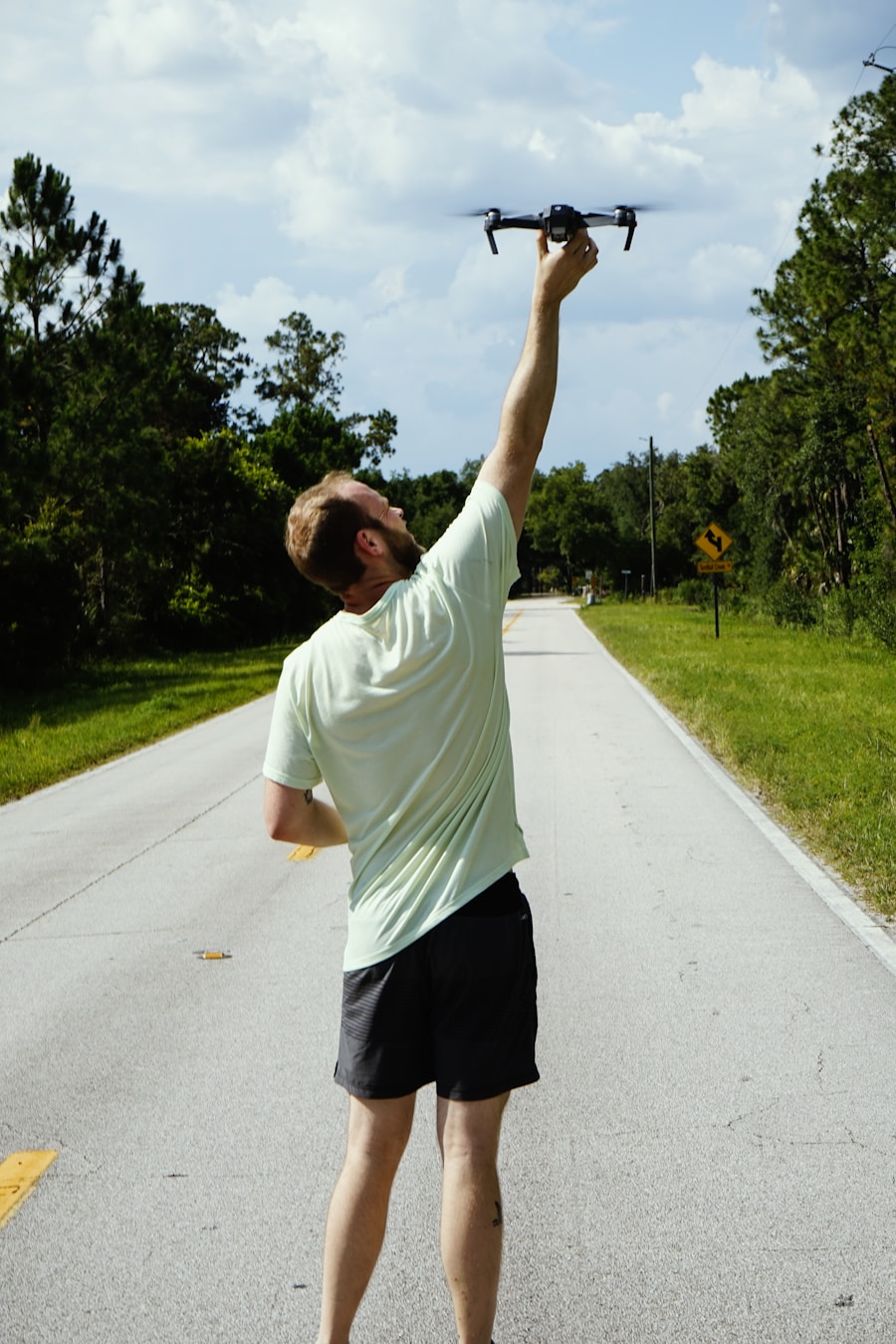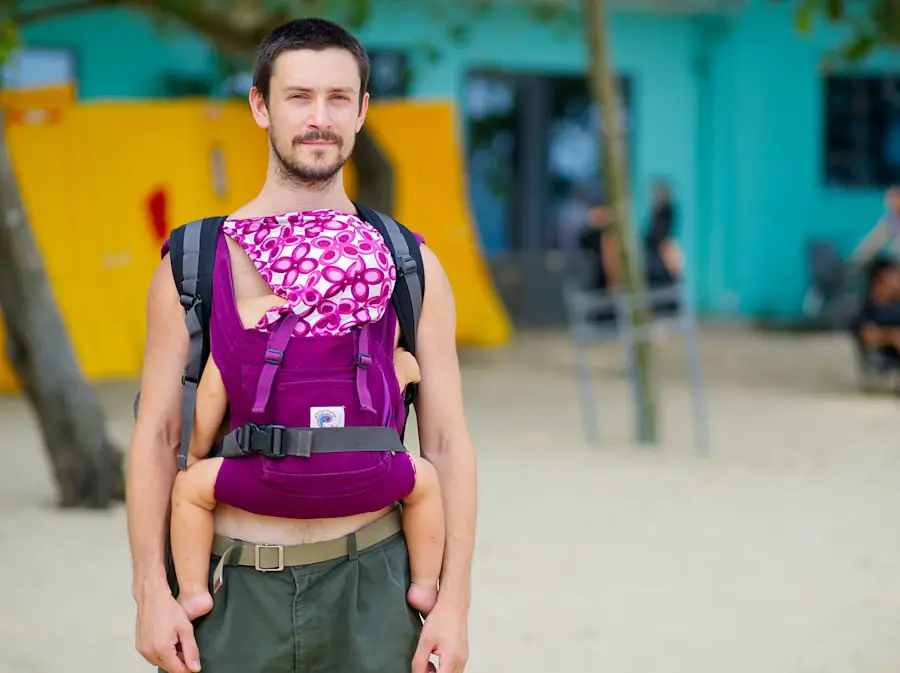Open carry laws in Florida are a complex tapestry of regulations that govern how firearms can be carried in public spaces. As of October 2023, Florida does not generally allow open carry of firearms, with some exceptions. The law primarily permits concealed carry, which requires individuals to obtain a concealed weapon license (CWL).
However, there are specific situations where open carry is permissible, such as while engaged in certain activities like hunting, fishing, or camping. This distinction is crucial for outdoor enthusiasts who wish to carry firearms while hiking or engaging in other recreational activities. The legal framework surrounding open carry in Florida is rooted in the Second Amendment and state statutes.
Florida Statute 790.053 explicitly prohibits the open carrying of firearms unless one is in a specific context that allows it. This means that while hiking in state parks or national forests, individuals must be aware of their surroundings and the legal implications of carrying a firearm openly. It is essential for hikers to familiarize themselves with both state laws and local ordinances, as regulations can vary significantly from one jurisdiction to another.
Understanding these laws not only ensures compliance but also enhances the overall safety and enjoyment of outdoor activities.
Key Takeaways
- Open carry of firearms is legal in Florida with certain restrictions and requirements.
- Open carry while hiking can provide a sense of security and protection in remote areas.
- Potential risks of open carry while hiking include accidental discharge, theft, and negative encounters with others.
- Best practices for open carry while hiking include proper training, situational awareness, and adherence to all laws and regulations.
- Recommended gear for open carry while hiking includes a secure holster, appropriate clothing, and a first aid kit.
Benefits of Open Carry While Hiking
Open carry while hiking can provide several benefits, particularly for those who prioritize personal safety in remote areas. One of the primary advantages is the psychological comfort it offers. Knowing that one is armed can instill a sense of security, especially when traversing isolated trails where encounters with wildlife or other potentially dangerous situations may occur.
For instance, hikers in areas known for bear or mountain lion activity may feel more at ease carrying a firearm openly, as it serves as a deterrent against potential threats. Moreover, open carry can facilitate quicker access to a firearm in emergencies. When hiking in rugged terrain, the ability to draw a weapon swiftly can be crucial if an unexpected encounter arises.
This accessibility can be particularly important for those who may not have the dexterity or time to reach for a concealed weapon. Additionally, open carry can foster a sense of community among like-minded individuals who share similar values regarding self-defense and personal responsibility. This camaraderie can enhance the overall hiking experience, as individuals bond over shared interests and concerns.
Potential Risks and Safety Considerations

While there are benefits to open carry while hiking, it is essential to consider the potential risks and safety implications associated with this practice. One significant concern is the possibility of alarming other hikers or outdoor enthusiasts. Openly carrying a firearm can provoke fear or anxiety in individuals who may not be comfortable with firearms, leading to misunderstandings or confrontations.
It is vital for those who choose to open carry to remain aware of their surroundings and the reactions of others, ensuring that their presence does not create unnecessary tension. Another critical safety consideration is the risk of accidental discharge or mishandling of the firearm. Open carry requires a heightened level of responsibility and awareness, as the firearm is more accessible to curious onlookers or children.
Hikers must ensure that their weapon is secured properly and that they are trained in safe handling practices. Additionally, environmental factors such as rough terrain or adverse weather conditions can pose challenges to maintaining control over an openly carried firearm. Therefore, individuals must be diligent in their approach to open carry, prioritizing safety for themselves and those around them.
Best Practices for Open Carry While Hiking
| Best Practices for Open Carry While Hiking |
|---|
| Carry a firearm in a secure holster |
| Ensure proper training and proficiency with the firearm |
| Be aware of local laws and regulations regarding open carry |
| Keep the firearm unloaded until needed |
| Practice responsible firearm storage and transportation |
| Be mindful of other hikers and wildlife when handling the firearm |
To maximize safety and minimize risks associated with open carry while hiking, several best practices should be followed. First and foremost, individuals should ensure they are well-versed in local laws regarding open carry and firearm usage in public spaces. This knowledge not only helps avoid legal issues but also fosters responsible behavior among fellow hikers.
Engaging with local law enforcement or outdoor organizations can provide valuable insights into best practices and community expectations. Additionally, selecting the right holster is crucial for safe open carry. A quality holster should securely retain the firearm while allowing for quick access when needed.
It should also be designed to prevent accidental discharges and protect the trigger from external elements. Opting for a holster that fits comfortably against the body can enhance mobility and reduce fatigue during long hikes. Furthermore, hikers should practice drawing their weapon from the holster in a safe environment to ensure proficiency before hitting the trails.
Recommended Gear for Open Carry While Hiking
When preparing for an open carry hiking experience, selecting appropriate gear is essential for both comfort and safety. A reliable holster is paramount; options such as paddle holsters or belt holsters made from durable materials can provide stability and ease of access. Additionally, choosing a holster that allows for adjustable retention can help accommodate different hiking conditions and personal preferences.
In addition to a quality holster, hikers should consider wearing clothing that facilitates open carry without compromising comfort or mobility. Tactical pants with reinforced pockets can provide secure storage for extra magazines or other essential gear while allowing for easy access when needed. A sturdy belt designed for carrying firearms can also enhance stability and support during hikes.
Furthermore, investing in a good pair of hiking boots is crucial; they should offer ankle support and traction to navigate various terrains safely.
How to Obtain a Concealed Weapon License in Florida

Obtaining a concealed weapon license (CWL) in Florida involves several steps designed to ensure that applicants meet specific criteria and understand responsible firearm ownership. The first step is to complete a state-approved firearms training course, which covers essential topics such as firearm safety, handling techniques, and legal responsibilities associated with carrying a concealed weapon. This training not only equips individuals with necessary skills but also reinforces the importance of responsible gun ownership.
Once the training course is completed, applicants must submit an application to the Florida Department of Agriculture and Consumer Services (FDACS). This application requires personal information, proof of training completion, and payment of applicable fees. Additionally, applicants must undergo a background check to ensure they do not have any disqualifying criminal history or mental health issues.
Upon approval, individuals receive their CWL, allowing them to carry concealed weapons legally throughout the state.
Public Land Regulations and Restrictions
When hiking on public lands in Florida, it is crucial to understand the specific regulations and restrictions that govern firearm use. National parks, state parks, and wildlife management areas each have their own set of rules regarding open carry and concealed weapons. For example, while firearms are generally allowed in state parks under certain conditions, national parks may have stricter regulations prohibiting firearms altogether or limiting their use to specific areas.
Additionally, some public lands may require permits for carrying firearms or have designated zones where firearms are prohibited entirely. It is essential for hikers to research these regulations before embarking on their journey to avoid potential legal issues or fines. Consulting official websites or contacting park rangers can provide clarity on current laws and any changes that may have occurred recently.
Alternatives to Open Carry While Hiking
For those who may feel uncomfortable with open carry but still wish to prioritize personal safety while hiking, several alternatives exist. One option is concealed carry, which allows individuals to keep their firearms hidden from view while still having access to them if needed. This approach can alleviate concerns about alarming other hikers while still providing a sense of security.
Another alternative is utilizing non-lethal self-defense tools such as pepper spray or personal alarms. These options can offer protection against potential threats without the complexities associated with carrying a firearm openly. Additionally, hikers can consider hiking in groups or choosing well-trafficked trails where encounters with wildlife or other dangers are less likely.
In conclusion, understanding open carry laws in Florida is essential for anyone considering this practice while hiking. By weighing the benefits against potential risks and adhering to best practices, individuals can enhance their outdoor experiences while prioritizing safety and compliance with local regulations.
If you are considering open carrying while hiking in Florida, you may also be interested in reading about the best time to see the Northern Lights in Iceland. Check out this article to learn more about the optimal times to witness this breathtaking natural phenomenon in Iceland.
FAQs
What is open carry?
Open carry refers to the practice of carrying a firearm in plain view, such as in a holster on the hip or a sling over the shoulder, as opposed to concealed carry where the firearm is hidden from view.
Is open carry allowed while hiking in Florida?
In Florida, open carry of firearms is generally prohibited, including while hiking. However, there are some exceptions for certain activities such as hunting, fishing, and camping.
Are there any specific regulations for carrying firearms while hiking in Florida?
While hiking in Florida, individuals are generally required to have a concealed carry permit in order to carry a firearm. It is important to be familiar with the specific regulations and restrictions regarding firearms in the areas where you plan to hike.
What are the penalties for violating open carry laws in Florida?
Violating open carry laws in Florida can result in serious legal consequences, including criminal charges and potential fines or imprisonment. It is important to understand and comply with the state’s laws regarding the carrying of firearms.
Can I carry a firearm for self-defense while hiking in Florida?
While Florida law generally prohibits open carry of firearms, individuals with a valid concealed carry permit may carry a firearm for self-defense while hiking. It is important to be aware of the specific regulations and requirements for carrying a firearm in Florida.
